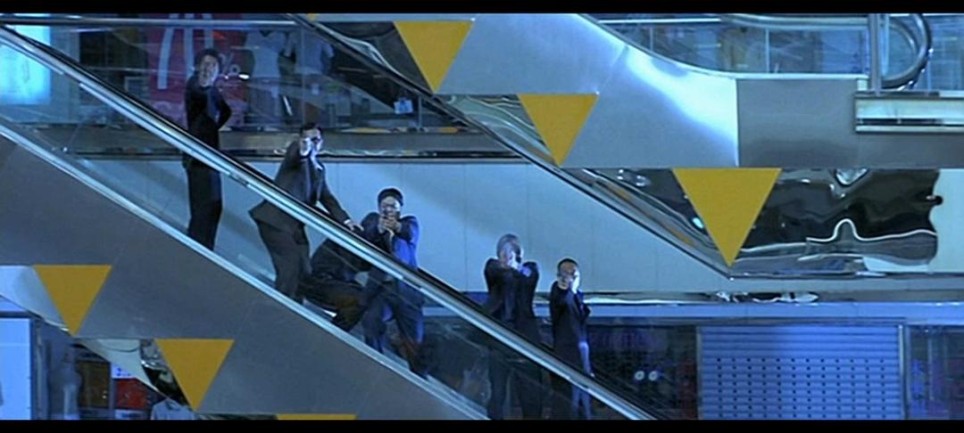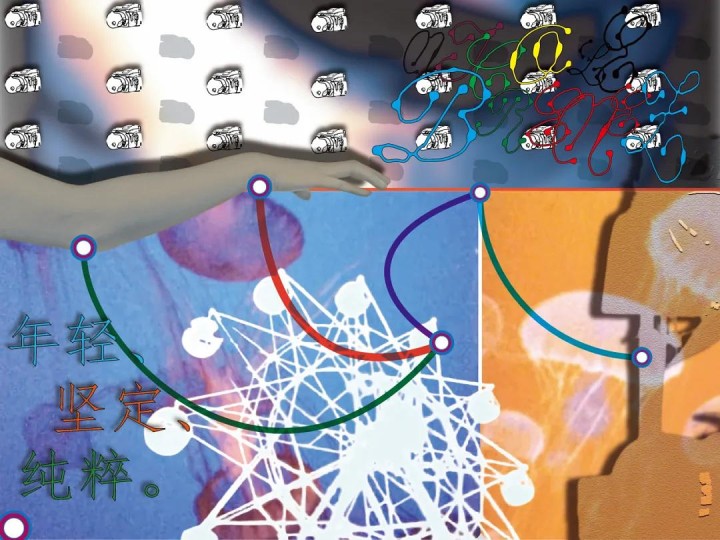看的火大!
更新时间:2025-10-19 09:03:01
朋友都被凌迟了,还在圣母,太降智了。而且剧情老套,第一个男的恶作剧然后被识破然后真出事,这也太老套了 以下内容凑字数 The Fluid Catalytic Cracking (FCC) Process Introduction The Fluid Catalytic Cracking(FCC) process is a key technology in modern oil refineries. Its main job is to break down heavy, low-value hydrocarbons into lighter, more valuable products like gasoline and diesel. This process relies on three key concepts: the catalyst, the reactor, and the interaction between them. 1. The Catalyst The FCC uses a fine powder catalyst,primarily made of zeolites. These are crystalline silica-alumina compounds chosen for their high activity and stability. · When aerated with vapor, these powder particles behave like a fluid, which allows them to circulate. · The catalyst has two main roles: it provides the active sites for the chemical cracking reactions, and it carries heat from one part of the unit to another. · As it works, coke (a carbon solid) deposits on the catalyst, deactivating it. It is then sent to the regenerator to have the coke burned off, which restores its activity. 2. The Reactor System The heart of the FCC unit is thereactor-riser and regenerator system. · The riser is a vertical pipe where the actual cracking happens. Here, the preheated oil feed meets the hot, regenerated catalyst. The heat from the catalyst instantly vaporizes the oil, and the mixture travels up the pipe in about 1-3 seconds. · This short residence time is crucial to get the right products and avoid over-cracking. · After the riser, the spent catalyst is separated from the vapor products. The vapor goes to a fractionator to be sorted into gasoline, diesel, etc. · The used catalyst, now deactivated by coke, is sent to the regenerator. There, air is used to burn off the coke, which reheats the catalyst so it can be used again. 3. The Interaction The entire FCC process is driven by the continuousinteraction between the catalyst and the oil feed. Chemical Interaction: The hot catalyst cracks the large hydrocarbon molecules. The reactions follow a carbonium ion mechanism, where the catalyst's acid sites help break carbon-carbon bonds, producing smaller, valuable molecules like gasoline. Physical Interaction: The catalyst constantly circulates between the reactor and regenerator. It acts as a fluid, moving heat from the hot regenerator (where coke burning provides heat) to the cold oil feed in the riser (where cracking needs heat). This continuous cycle of reaction and regeneration makes the process efficient and self-sustaining. Conclusion In summary,the FCC process efficiently converts heavy oil into valuable fuels. The catalyst enables the chemistry, the reactor-riser system provides the controlled environment, and their continuous interaction through circulation and heat transfer makes the whole operation possible. It is truly the heart of a modern refinery.
免责声明:以上内容源自网络,版权归原作者所有,如有侵犯您的原创版权请告知,我们将尽快删除相关内容。
上一篇:脐带。
『』相关阅读
 冰冷规则下的兄弟情谊
冰冷规则下的兄弟情谊
 很好看的剧,懒得写剧评了哈哈找个和我想法差不多的剧评贴上来——转自小红书
很好看的剧,懒得写剧评了哈哈找个和我想法差不多的剧评贴上来——转自小红书
 男性主义的具象化
男性主义的具象化
 电影拍了绮梦,观众看了气闷
电影拍了绮梦,观众看了气闷
 小熊你倒是说话呀!
小熊你倒是说话呀!
 过度反转
过度反转
 “马”的背叛:当哲学谋杀了电影
“马”的背叛:当哲学谋杀了电影
 原钻之后,擂台上的碎片
原钻之后,擂台上的碎片
 【翻译】Nicole Brenez论实验电影——年轻、坚定、纯粹!法国先锋与实验电影史:导论
【翻译】Nicole Brenez论实验电影——年轻、坚定、纯粹!法国先锋与实验电影史:导论
 4日短剧热度榜:《陆先生,余生不再见》第一,大盘热度4466万
4日短剧热度榜:《陆先生,余生不再见》第一,大盘热度4466万
 《依依向北风》大结局:直到王潇出轨陶溪云,才知俞乐山为何昏迷
《依依向北风》大结局:直到王潇出轨陶溪云,才知俞乐山为何昏迷
 《三人行》、《树影迷宫》各看5集,一部当场弃剧,一部超上头!
《三人行》、《树影迷宫》各看5集,一部当场弃剧,一部超上头!
 《山河枕》开播评分9.8,观众评价一针见血,照搬杨家将设定
《山河枕》开播评分9.8,观众评价一针见血,照搬杨家将设定
 电视剧《风禾尽起张居正》官宣,茅奖史上全票夺冠的原著先看起来
电视剧《风禾尽起张居正》官宣,茅奖史上全票夺冠的原著先看起来
 《山河枕》和《天地剑心》各看4集,一部已弃剧,一部熬夜追
《山河枕》和《天地剑心》各看4集,一部已弃剧,一部熬夜追
 十月网播量TOP10!,《暗河》3.5亿第六,《入青云》第二
十月网播量TOP10!,《暗河》3.5亿第六,《入青云》第二
 抱歉,这才是亦舒女郎该有的样子
抱歉,这才是亦舒女郎该有的样子
 谍战天花板来了!祖峰侯勇演绎双面人生,丁勇岱、梅婷加盟
谍战天花板来了!祖峰侯勇演绎双面人生,丁勇岱、梅婷加盟
 30集谍战剧来袭,国家一级演员坐镇,一举拿下白玉兰和金鹰奖
30集谍战剧来袭,国家一级演员坐镇,一举拿下白玉兰和金鹰奖
 得罪流量粉、男主角换人、续集魔咒,《新闻女王2》爆剧神话悬了
得罪流量粉、男主角换人、续集魔咒,《新闻女王2》爆剧神话悬了
